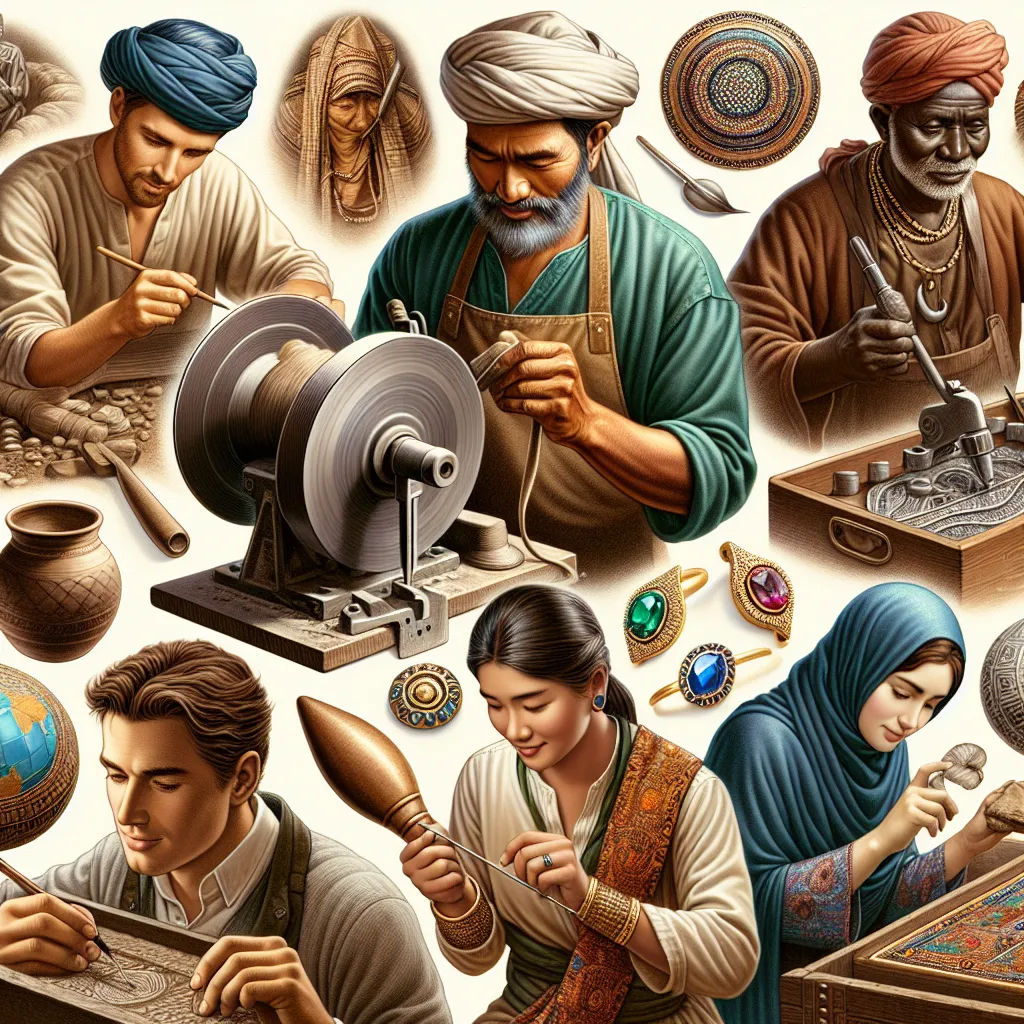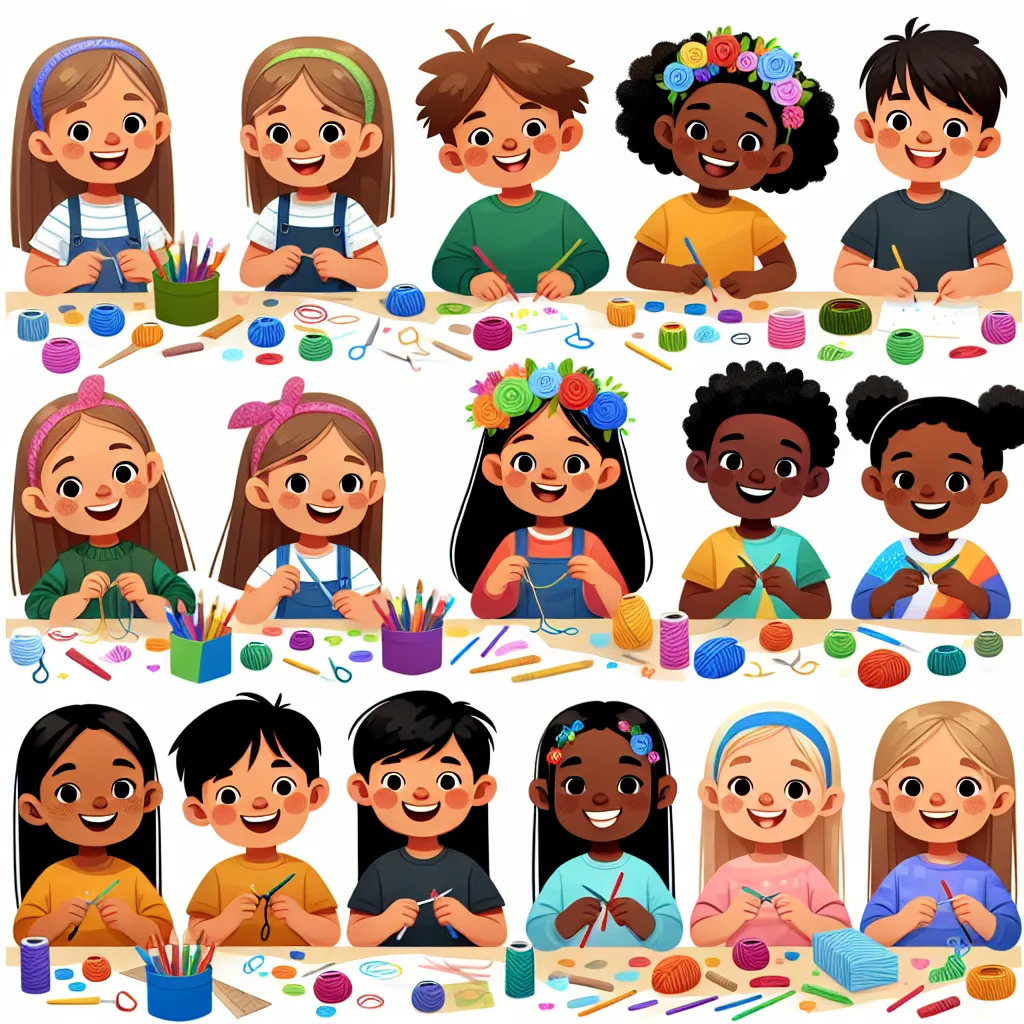The Art of Japanese Kimono Making
The art of Japanese kimono making is a time-honored tradition that dates back centuries and holds a special place in the country’s cultural heritage. The process of creating a Japanese kimono involves a meticulous and intricate approach that requires exceptional skill and attention to detail.
One of the distinctive features of the Japanese kimono is the use of traditional hand-dyeing techniques such as yuzen and shibori. Yuzen involves hand-painting intricate designs onto the fabric using a special rice-paste resist, while shibori is a method of tie-dyeing that creates unique patterns and textures. These techniques require expertise and patience, and the resulting designs often reflect the natural world, with motifs inspired by flowers, birds, and landscapes.
Furthermore, the construction of a kimono is a highly complex process that involves precise cutting, shaping, and sewing. The garment is made from a single bolt of fabric known as tanmono, which is carefully tailored to create the flowing, graceful silhouette characteristic of the kimono. Skilled artisans, known as kuroko, dedicate years to mastering the art of kimono making, ensuring that each garment is a masterpiece of craftsmanship.
The significance of the kimono in Japanese culture extends beyond its exquisite artistry. It serves as a symbol of tradition, with different types of kimono worn for various occasions and ceremonies. From formal wedding attire to casual everyday wear, the kimono reflects the rich tapestry of Japan’s cultural heritage and social practices.
In conclusion, the art of Japanese kimono making encapsulates the mastery of traditional craftsmanship, blending art, culture, and history into a garment of unparalleled beauty and significance. Its enduring legacy continues to inspire admiration and awe, making it a timeless symbol of Japanese artistry and ingenuity.
Preserving the Art of South American Weaving
Exploring traditional crafts from around the world offers a fascinating insight into the rich cultural heritage of different societies. One craft that stands out for its intricate designs and historical significance is the art of South American weaving. This traditional method of textile production has been practiced for centuries by indigenous communities in countries such as Peru, Bolivia, and Ecuador, and plays a crucial role in preserving their cultural identity.
The art of South American weaving involves the use of backstrap looms, a technique that has been passed down through generations. The weavers skillfully utilize natural fibers such as alpaca and llama wool, creating vibrant patterns and motifs that reflect the environment, beliefs, and traditions of their communities. Each piece of woven fabric holds deep cultural symbolism and is often used in traditional clothing, ceremonies, and rituals.
Despite the challenges posed by modernization and globalization, efforts are being made to preserve and promote the art of South American weaving. Organizations and cooperatives are working to provide training and resources to young weavers, ensuring that this ancient craft continues to thrive in the modern world. Additionally, initiatives aimed at raising awareness about the cultural significance of these textiles are contributing to the preservation of this invaluable tradition.
By recognizing the importance of South American weaving and supporting the communities that practice this art, we can contribute to the preservation of a rich cultural heritage and ensure that future generations continue to be inspired by the beauty and significance of this traditional craft.
Mastering the Intricacies of Indian Block Printing
Mastering the intricacies of Indian block printing is a fascinating journey into the world of traditional crafts. This ancient art form, which dates back to the 12th century, has been perfected over the centuries and continues to captivate artisans and enthusiasts around the globe. Indian block printing is a meticulous process that involves intricate designs carved onto wooden blocks, which are then dipped in vibrant dyes and stamped onto fabric to create stunning patterns.
One of the key elements in mastering Indian block printing is the skillful carving of the wooden blocks. Artisans, known as block masters, meticulously chisel the designs by hand, often passing down their techniques and patterns from generation to generation. This level of craftsmanship results in the creation of unique, heirloom-quality pieces that showcase the rich cultural heritage of India.
Furthermore, understanding the traditional dyeing techniques is crucial in achieving the desired results in Indian block printing. Artisans use natural dyes derived from plants, minerals, and even insects, each with its own specific method of preparation and application. The mastery of these techniques is essential in bringing out the vibrant colors and intricate details that are characteristic of Indian block-printed textiles.
Exploring the intricacies of Indian block printing not only provides insight into the technical aspects of the craft but also offers a deeper appreciation for the cultural significance and symbolism behind the designs. Many of the motifs used in Indian block printing carry historical and religious significance, making each piece a storytelling canvas that reflects India’s diverse traditions and beliefs.
In conclusion, mastering the intricacies of Indian block printing is a rewarding endeavor that allows one to delve into the rich history, artistry, and cultural heritage of India. From the meticulous carving of wooden blocks to the vibrant hues derived from natural dyes, every aspect of this traditional craft is a testament to the skill and creativity of the artisans who have upheld this timeless tradition.
Unraveling the Techniques of African Pottery
Exploring traditional crafts from around the world offers a fascinating glimpse into the rich cultural heritage of different societies. When unraveling the techniques of African pottery, it becomes evident that this art form is deeply ingrained in the history and traditions of the continent. African pottery is not only a utilitarian craft but also a means of artistic expression, storytelling, and cultural preservation.
One of the distinctive features of African pottery is the coiling technique used in its construction. Unlike the wheel-thrown pottery common in other parts of the world, African potters create their vessels by gradually building up the walls using long snakes of clay. This method allows for the creation of larger pieces and gives the potter greater control over the shape and form of the vessel. Additionally, the use of organic materials and traditional firing methods imparts a unique character to African pottery, often resulting in earthy hues and textured surfaces.
Furthermore, the decorative elements and motifs found in African pottery are laden with symbolism and cultural significance. Patterns inspired by nature, tribal myths, and daily life adorn the surfaces of these vessels, telling stories of the community and its traditions. Each region in Africa has its own distinct pottery traditions, with styles and techniques varying widely across different cultures and ethnic groups.
Exploring the techniques of African pottery not only provides insight into the creative processes of the artisans but also serves as a means of preserving centuries-old traditions. The intricate artistry and cultural relevance of African pottery make it a significant aspect of the continent’s heritage, representing the interconnectedness of art, tradition, and identity.



